Quantum QN-I-200 User manual
Other Quantum Wireless Access Point manuals

Quantum
Quantum Lattus A10 User manual
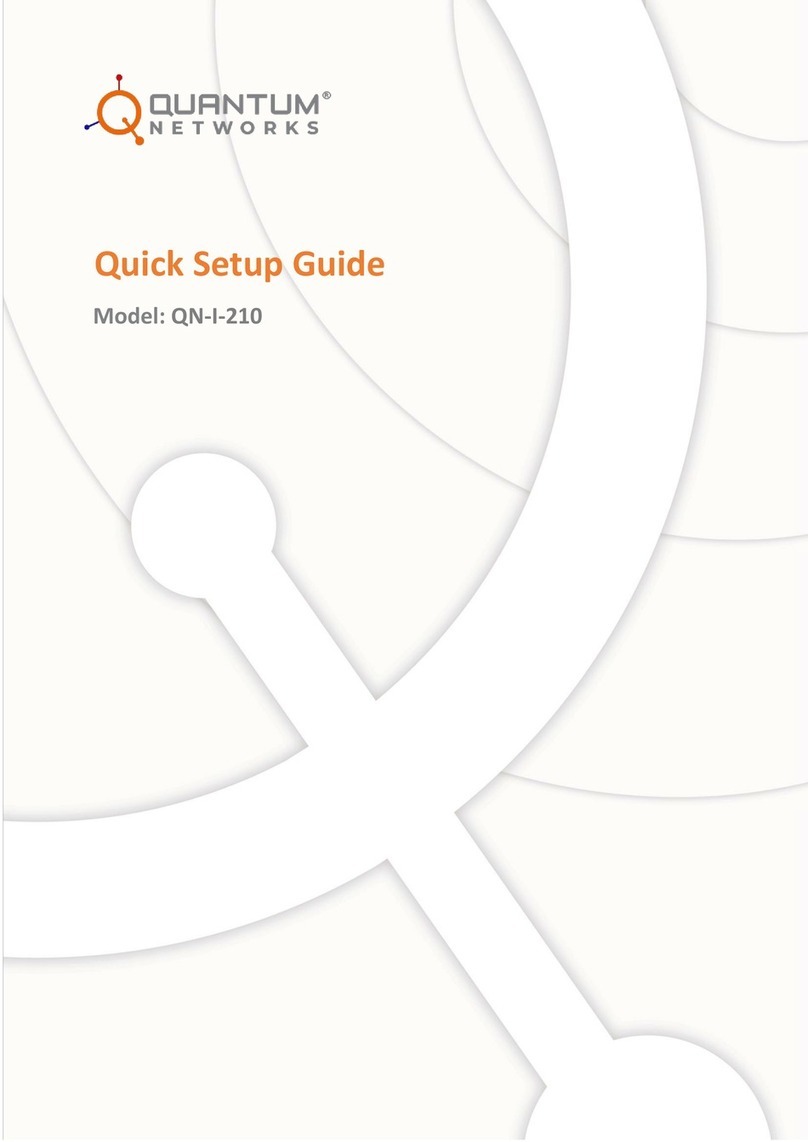
Quantum
Quantum QN-I-210 User manual
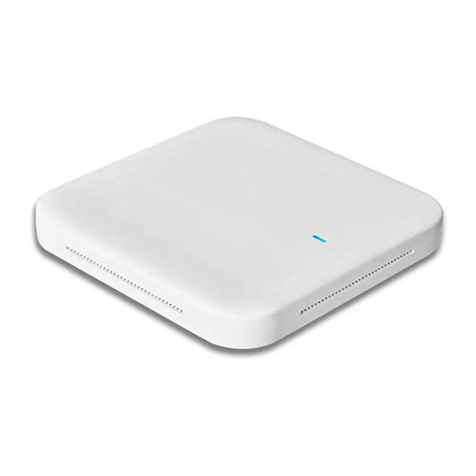
Quantum
Quantum QN-I-220 User manual
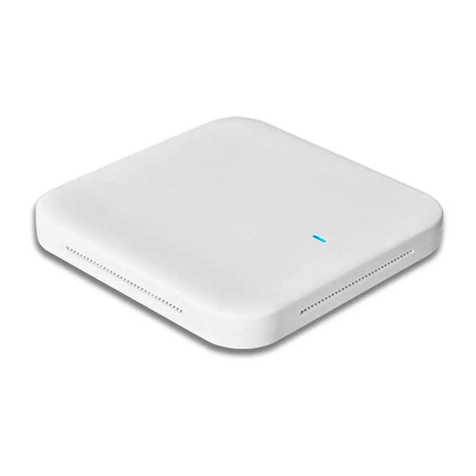
Quantum
Quantum QN-I-200 User manual
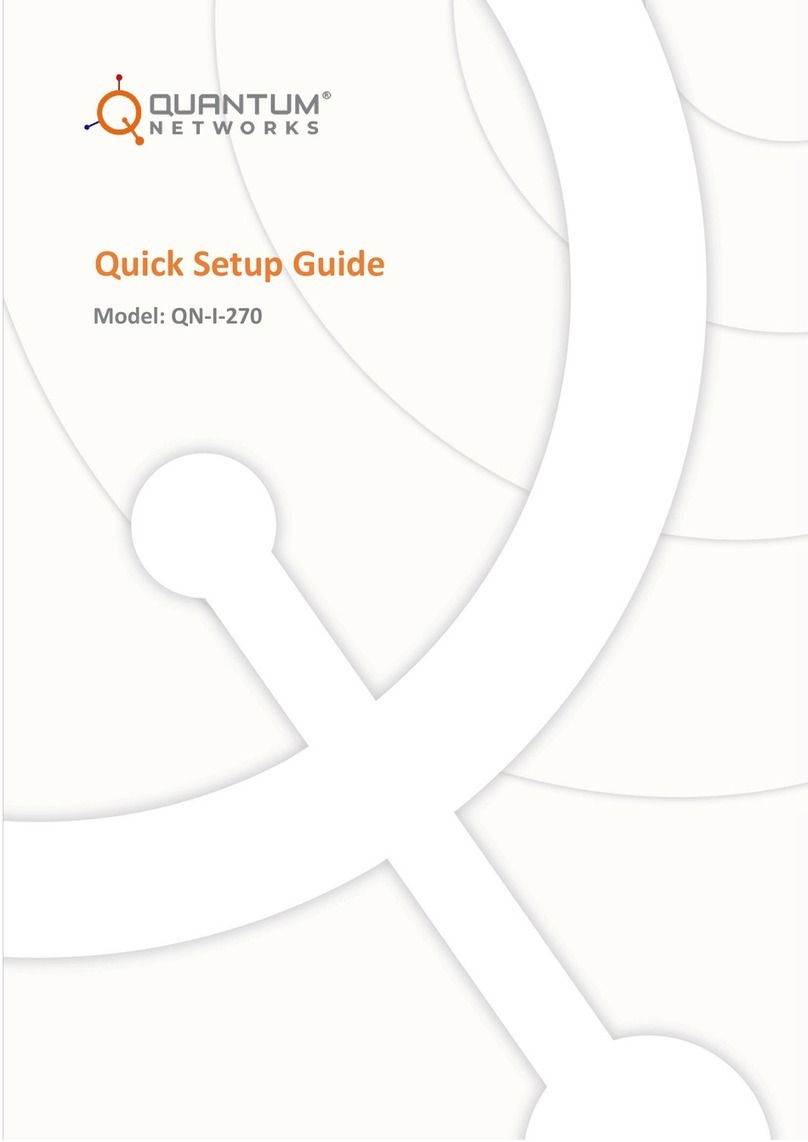
Quantum
Quantum QN-I-270 User manual
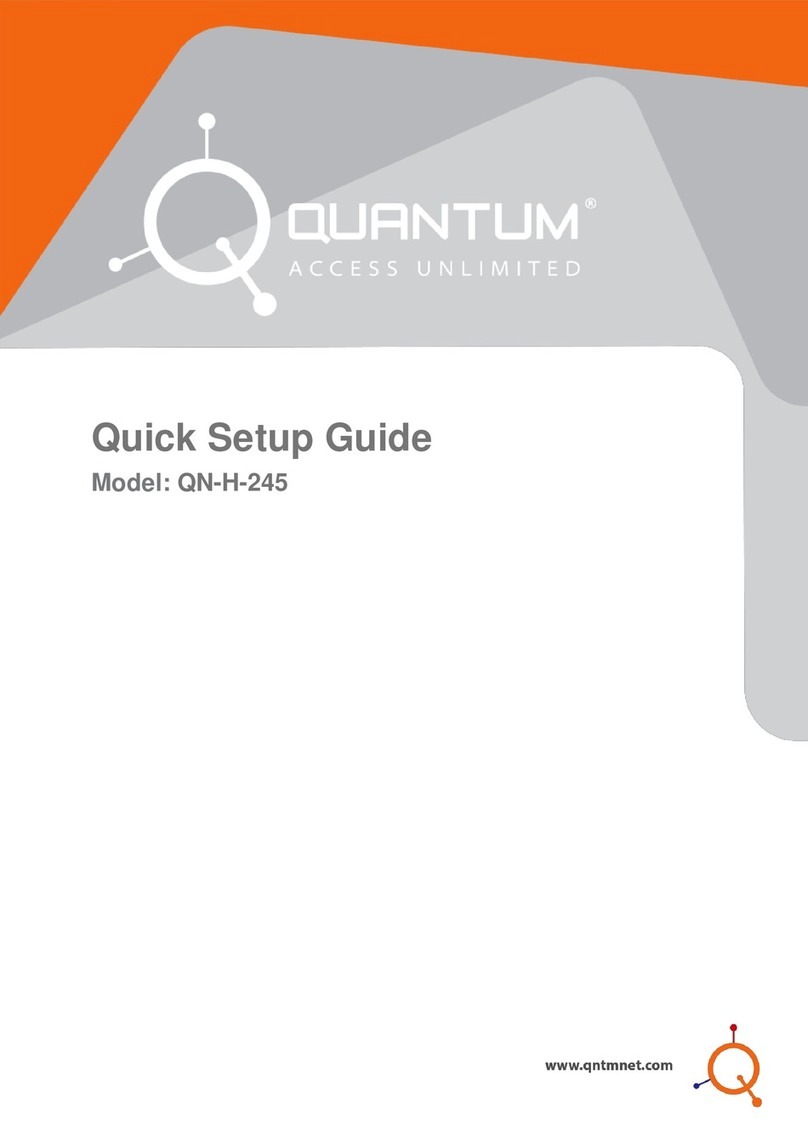
Quantum
Quantum QN-H-245 User manual

Quantum
Quantum QN-I-220 User manual

Quantum
Quantum QN-I-470 User manual
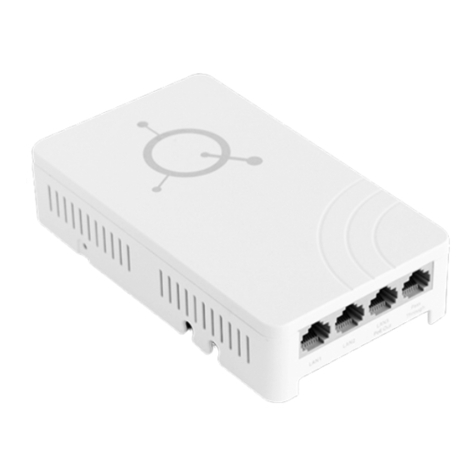
Quantum
Quantum QN-H-220 User manual
Popular Wireless Access Point manuals by other brands

Monoprice
Monoprice MW301A user guide

D-Link
D-Link DWL-2700AP - AirPremier Outdoor Wireless Access... user manual

D-Link
D-Link DWL-2100AP - AirPlus Xtreme G Quick installation guide

TP-Link
TP-Link Auranet EAP225 Quick installation guide

D-Link
D-Link DWL-2100AP - AirPlus Xtreme G Quick installation guide

Ubiquiti
Ubiquiti NanoStation NSM2 quick start guide





















